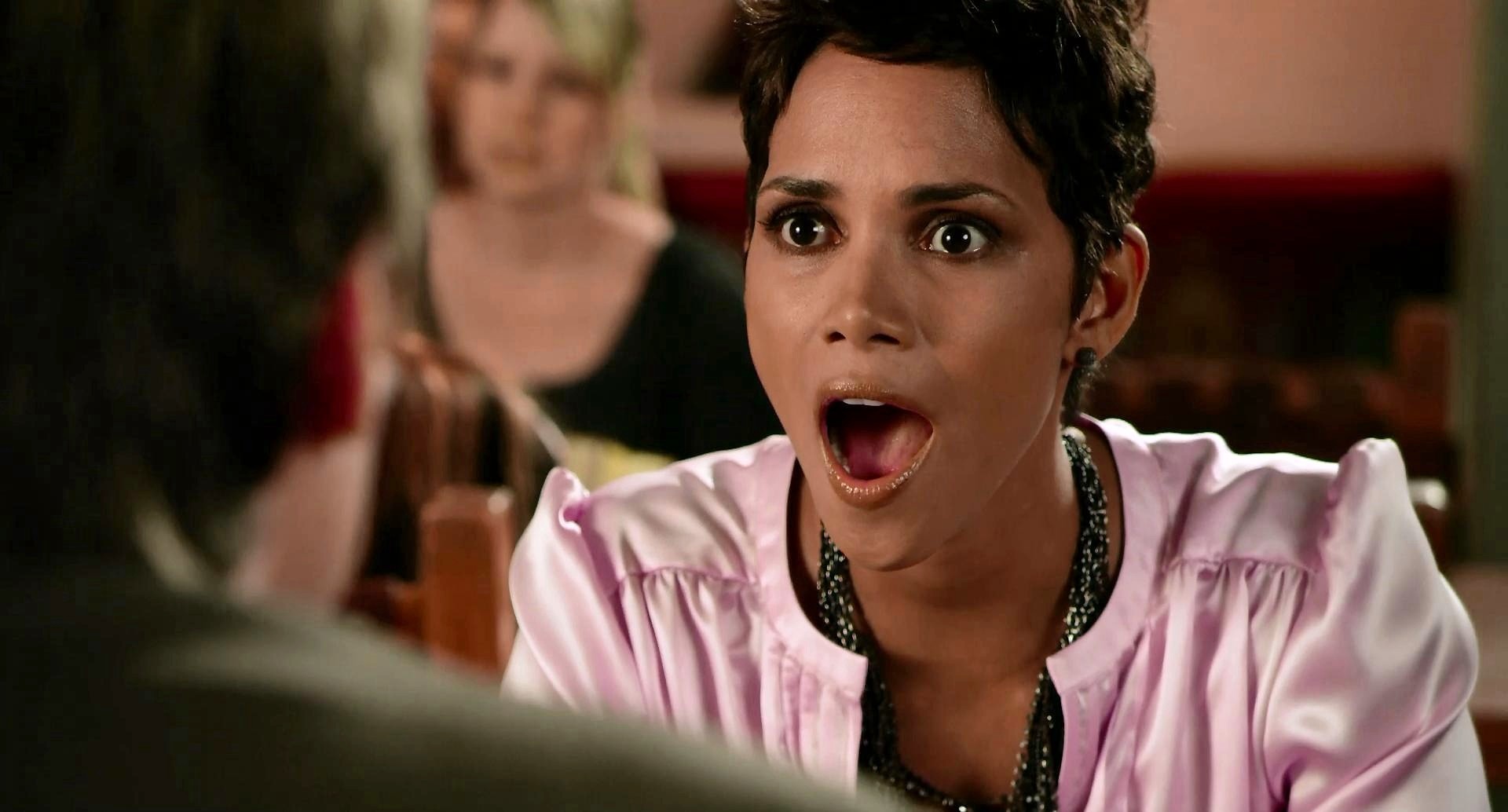Movie 43 doesn’t just bury the notion that a star-studded cast can somehow elevate a film’s status as a cultural product, it also pisses, defecates, and spits ethnic slurs onto its grave. What’s more egregious thanMovie 43‘s predictable gross-out vein of comedy is its own self-awareness of the puerile nature of such humor and that it still relishes its nastiness, seemingly in defense. “Once You See It, You Can’t Unsee It” is the slogan on the film’s Tumblr page—one that features a never-ending stream of animated GIFs from the movie (as if the advertisers knew the film wasn’t going to meme itself, so they created an illusion of online popularity). At least that slogan isn’t false advertising: Once you see Hugh Jackman with a pair of balls hanging from his neck, you’ll never forget the image. Ever.
Allegedly containing the largest cast in history, Movie 43‘s cornucopia of A- and B-listers never come together as a true ensemble. That would be impossible given that there are over 40 of them, and that the film is structured almost exactly like a ’90s sketch-comedy show in which characters rarely share more than several minutes of screen time. The film begins with a crazed screenwriter, Charlie (Dennis Quaid), pitching a series of hackneyed premises and scripts to a nice-guy producer, Griffin (Greg Kinnear). Each premise, envisioned as skits within the film, competes with one another in a woefully useless bid for worst, most unfunny, and stupidest premise of all time.
In one “notable” sketch, Jackman has dinner with a blind date (Kate Winslet) who can’t get over the guy’s protruding neck scrotum that nobody else seems to notice. Another blind-date skit includes Stephen Merchant and Halle Berry one-upping each other in a game of Truth or Dare (mostly dares) until he has a penis tattoo on his face and she has more plastic boobage than she knows what to do with—until he dares her to make guacamole with it. And so on, and so forth. There are skits about periods, incest, a Real Doll iPod called iBabe, leprechauns, scat, a jealous cartoon cat, and how black people are better at basketball. The humor isn’t anywhere near as scandalous as it claims to be because the very idea of pushing bizarre premises to their nastiest and most absurd extremes jumped the shark at least a decade ago, rendering any and all further reiterations of such gags pointless. These are tired variations on toilet humor that plagued the comedies of the ’90s, back when primary director-producer Peter Farrelly’s brand of comedy was deemed at least marginally relevant.
Movie 43 is barely a movie at all, mostly due to its structural similarities to Saturday Night Live (minus the guest star, concert performances, and real-deal comedians), but also because the film acknowledges the fact that its own premises are inherently unfilmable. The only way Charlie can get Griffin to green-light any of his scripts is to hold him up at gunpoint, which may in fact have been the same tactic used in real life. There’s a genuinely funny, if not slightly depressing, pitch: Washed-up director holds up producer at gunpoint, becomes manic with the realization of his newfound power, and begins to collect the most unlikely crew of actors to write, direct, and act in segments, all the while uttering, “Gotta catch’em all,” under his breath. It’s just too bad that sketch came to life.

